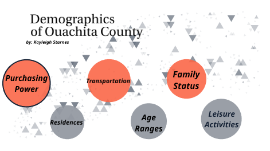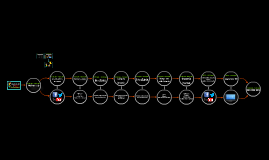You're about to create your best presentation ever



Demographics Powerpoint Template
Create your presentation by reusing a template from our community or transition your PowerPoint deck into a visually compelling Prezi presentation.
Explore our templates for more presentation inspiration
Now you can make any subject more engaging and memorable














